33 Helpful Tips For Traveling To Newfoundland And Labrador
These are 33 Helpful Tips For Traveling To Newfoundland And Labrador. Newfoundland and Labrador is a beautiful province in eastern Canada, known for its stunning natural scenery, friendly locals, and unique culture. If you’re planning a trip to this region, here are helpful tips to make your visit unforgettable.
1. Pack for the weather: Newfoundland and Labrador have an Atlantic climate, which can be unpredictable. Be prepared for anything from sunshine to rain, snow, and strong winds. Pack warm and cool clothing, a raincoat, and waterproof footwear.
2. Rent a Car: Booking a Rental car is the easiest way to get around Newfoundland and Labrador. The province is vast and remote, and public transportation can be limited. A car rental lets you explore at your own pace and visit off-the-beaten-path destinations.
3. Plan for Extra Time: Newfoundland is a big province with a long driving distance. Add in extra time for unexpected delays or stops along the way. You’ll want to take your time and enjoy the scenery, so don’t rush.
More Newfoundland and Labrador Travel Guides
- Best Towns In Newfoundland For A Relaxing Weekend Getaway
- 8 Gorgeous Beaches in Newfoundland That You Need to Visit
- The best things to do in Twillingate
- Colourful Northern Lights In Newfoundland And Labrador Sky
- The Best Trip Ideas for Newfoundland
- The best 11 Newfoundland destinations for family to travel
- The best restaurants for breakfast in downtown St. John’s
- 19 Quirky and Unusual Things to Do in St John’s
4. Check Ferry Schedules: If you plan to travel between Newfoundland and Labrador or to the coastal islands, check the ferry schedules in advance. Some ferries only run during certain times of the year, and reservations are recommended during peak season.
Newfoundland and Labrador Ferry Schedules.
- Bell Island Ferry Schedule
- Fogo Island Ferry Schedule
- Long Island Ferry Schedule
- Charlottetown Ferry Schedule
- St. Barbe Ferry Schedule
- La Poile Ferry Schedule
- Ramea, Grey River, and Burgeo Ferry Schedule
- Francois, Grey River, and Burgeo Ferry Schedule
- Gaultois, McCallum, and Hermitage Ferry Schedule
- Rencontre East, Bay L’Argent, Pool’s Cove Ferry Schedule
- South East Bight, Petite Forte Ferry Schedule
5. Bring a Map: While GPS and Google Maps are helpful, having a paper map as a backup is always a good idea. Cell phone service can be spotty in remote areas, and you want to get lost with a map.
6. Respect Wildlife: Newfoundland has an abundance of wildlife, including moose, caribou, whales, and seabirds. Be respectful of their habitat and keep a safe distance. Never approach or feed wildlife; be mindful of animals crossing the road.
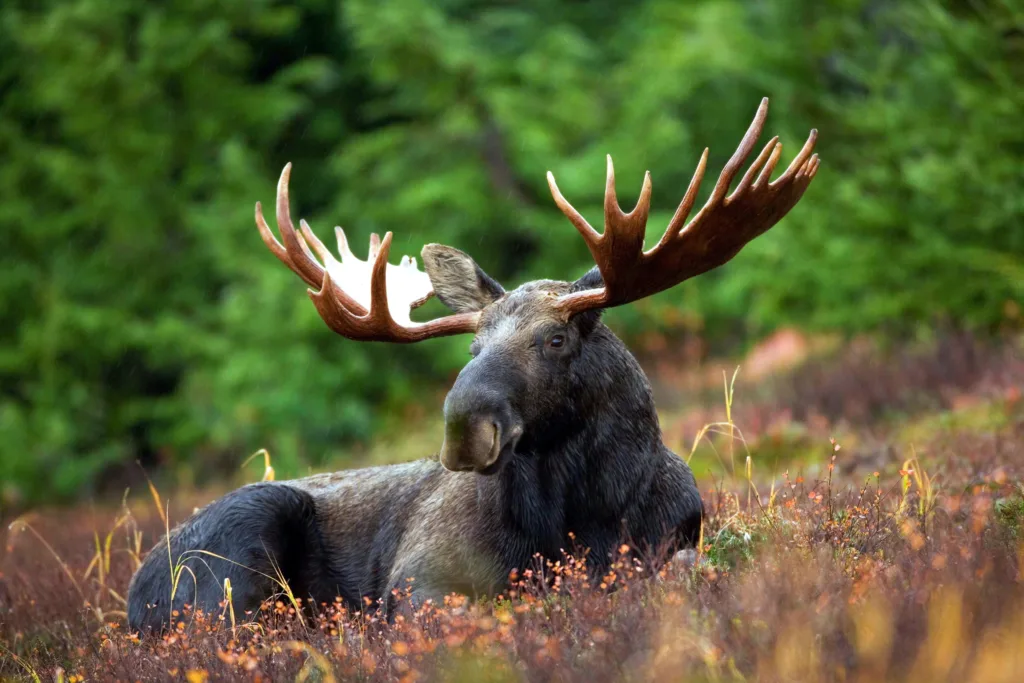
7. Try the Local Cuisine: Newfoundland and Labrador has a unique culinary scene influenced by history and geography. Try traditional dishes like fish and brewis, cod tongues, and Jiggs dinner. And remember to try some delicious seafood, including fresh lobster, scallops, and cod.
8. Learn about the Culture: Newfoundland and Labrador has a rich cultural heritage, including its Indigenous people, European settlers, and fishing communities. Take the time to learn about the local history and traditions, visit museums, and attend cultural events.
9. Visit National Parks: Newfoundland and Labrador has three national parks, each with unique natural attractions. Gros Morne National Park is a Heritage Site with fjords, mountains, and hiking trails. Terra Nova National Park has a rugged coastline and abundant wildlife, while Torngat Mountains National Park is a remote wilderness area with polar bears and tall mountains in Labrador.
10. Pack Insect Repellent: During the summer months, mosquitoes and black flies can be abundant in Newfoundland and Labrador. Pack insect repellent to avoid bites and make your outdoor adventures more comfortable.
11. Watch for Icebergs: Newfoundland and Labrador is known for its stunning icebergs, which can be seen along the coast from late spring to early summer. Keep an eye out for them while driving or hiking, and consider taking a boat tour to get up close.
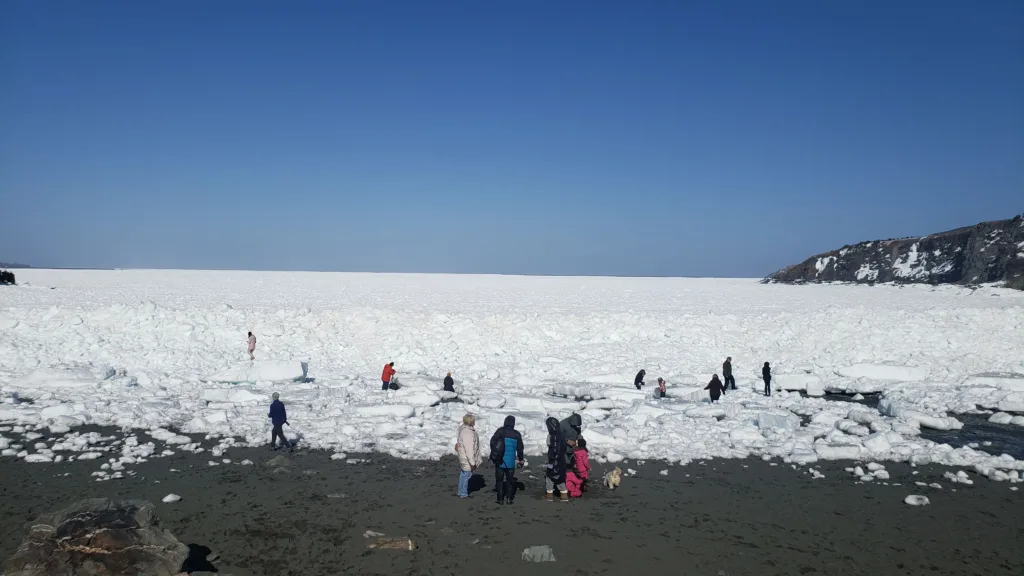
12. Take a Whale Watching Tour: Newfoundland is the top place in the world to see whales, including humpbacks, orcas, and minke whales. Book a whale-watching tour for an unforgettable experience.
13. Bring a Camera: Newfoundland and Labrador is a photographer’s paradise, with breathtaking landscapes, wildlife, and cultural sites. So take a camera and plenty of memory cards to capture your memories.
14. Visit St. John’s: St. John’s is the capital city of Newfoundland and Labrador and a must-visit destination. St. John’s is Known for its colourful houses, historic buildings, and vibrant culture. It’s a great place to explore on foot. Be sure to visit Signal Hill, Cape Spear, and the Quidi Vidi Village Plantation while in town.
15. Explore Fogo Island: Fogo Island is a remote island off the northeast coast of Newfoundland; Fogo is known for its stunning natural beauty and vibrant arts scene. Visit the Fogo Island Inn, a world-renowned eco-luxury hotel, and explore the island’s hiking trails and traditional fishing villages.

16. Attend a Music Festival: Newfoundland and Labrador has a thriving music scene, with festivals and concerts throughout the year. The Newfoundland and Labrador Folk Festival and George Street Festival are just a few of the many events to check out.
17. Visit the L’Anse aux Meadows National Historic Site: L’Anse aux Meadows is a UNESCO World Heritage Site and the only known Norse settlement in North America. Explore the Viking ruins and learn about the early European explorers who made Newfoundland and Labrador home over 1,000 years ago.
18. Take a Scenic Drive: Newfoundland and Labrador have some of the most beautiful drives in the world, including the Viking Trail, the Irish Loop, and the Labrador Coastal Drive. These routes take you through stunning landscapes, quaint fishing villages, and historic sites.
19. Pack a Travel Adapter: If you’re visiting from outside North America, you’ll need a travel adapter to use your electronics. Newfoundland and Labrador use the same electrical system as the rest of Canada and the United States, with 110-volt power outlets.
20. Be Prepared for No Cell Phone Coverage: Cell phone coverage can be spotty in remote areas of Newfoundland and Labrador, so be prepared for limited connectivity. Purchase a local SIM card or a satellite phone if you need to stay connected while travelling. Many places where you stay will have internet service.
Whether you’re a nature lover, history buff, or foodie, you will indeed find something to love here. By following these helpful tips, you’ll be well-prepared for your trip and able to make the most of your time in this stunning province.
Respect the local culture and environment, and always abide by the “Leave no trash behind” principle to help preserve this beautiful part of the world for future generations.
If you find a destination that offers natural beauty, cultural richness, and unique experiences, then Newfoundland and Labrador should be at the top of your travel list. So what are you waiting for? Start planning your Newfoundland and Labrador adventure today.
21. Visit Gros Morne National Park: Gros Morne National Park is a Heritage Site and a must-visit destination for nature lovers. Hike through the scenic Tablelands, explore the fjords, and book a boat tour to see whales, dolphins, and other marine life in western Newfoundland.
22. Try Jiggs Dinner and Local Cuisine: Newfoundland is known for its delicious seafood, including cod, lobster, and mussels. Be sure to try a traditional Jiggs Dinner, a hearty meal featuring salt beef, potatoes, and cabbage.
23. Attend a Kitchen Party: A Kitchen Party is a traditional Newfoundland and Labrador gathering where friends and family come together to sing, dance, and enjoy good food and drink. Check out local pubs and bars for live music and a chance to experience this unique cultural tradition.
24. Dress for the Weather: Newfoundland and Labrador can experience various weather conditions, from sunny and warm to cold and windy. Pack layers, waterproof clothing, and sturdy footwear to stay comfortable and prepared for any weather.
25. Take a Whale, Puffin or Iceberg Boat Tour: Newfoundland and Labrador’s coastline has stunning landscapes and wildlife, including whales, dolphins, and seabirds. Take a boat tour to experience the beauty of the province from a unique perspective.
26. Learn about Indigenous Culture: Newfoundland and Labrador are home to several Indigenous communities, including the Innu and Inuit. Take the time to learn about their history, culture, and traditions to gain a deeper appreciation for the province’s diversity.
27. Visit the Burin Peninsula: The Burin Peninsula is a scenic region on the east coast of Newfoundland, known for its picturesque villages, lighthouses, and historic sites.
28. Pack a First Aid Kit: Whether you’re hiking, camping, or exploring the city, it’s always a good idea to have a basic first aid kit on hand. Pack bandages, antiseptic wipes, pain relievers, and any necessary prescription medications to be prepared for minor injuries or illnesses.
29. Visit the Bonavista Peninsula: The Bonavista Peninsula is a scenic region on the east coast of Newfoundland, known for its picturesque villages, lighthouses, and historic sites. Be sure to visit the Cape Bonavista Lighthouse and the Ryan Premises National Historic Site.
30. Respect the Language: Newfoundland and Labrador has a unique dialect of English, which includes many distinctive words and phrases. Take the time to learn some of these expressions and use them respectfully when interacting with locals.
31. Take a Scenic Road Trip: Newfoundland and Labrador has many beautiful scenic drives, including the Viking Trail, the Irish Loop, and the Heritage Run. Rent a car and take your time exploring the province’s stunning landscapes. Visit historic sites like Signal Hill and Quidi Vidi Village, and enjoy the city’s many restaurants, pubs, and shops.
31. Bring Cash: While credit cards are widely accepted in Newfoundland and Labrador, it’s good to carry cash for smaller purchases and in case of emergencies.
32. Visit a National Historic Site: Newfoundland and Labrador has several National Historic Sites, including L’Anse aux Meadows, the only known Viking settlement in North America, and Red Bay, a former whaling town that’s now a Heritage Site.
33. Check for Road Closures: Road closures and detours can be common due to the province’s rugged terrain and harsh weather conditions. Check for updates and plan your route accordingly.
34. Respect the Ocean: The ocean can be unpredictable and dangerous in Newfoundland and Labrador, especially during the fall and winter months. Always check weather and ocean conditions before heading out on a boat tour or water activity, and always wear a life jacket.
Following these helpful tips will prepare you for your trip to Newfoundland and Labrador.
Travelling to Newfoundland and Labrador. Travelers also ask.
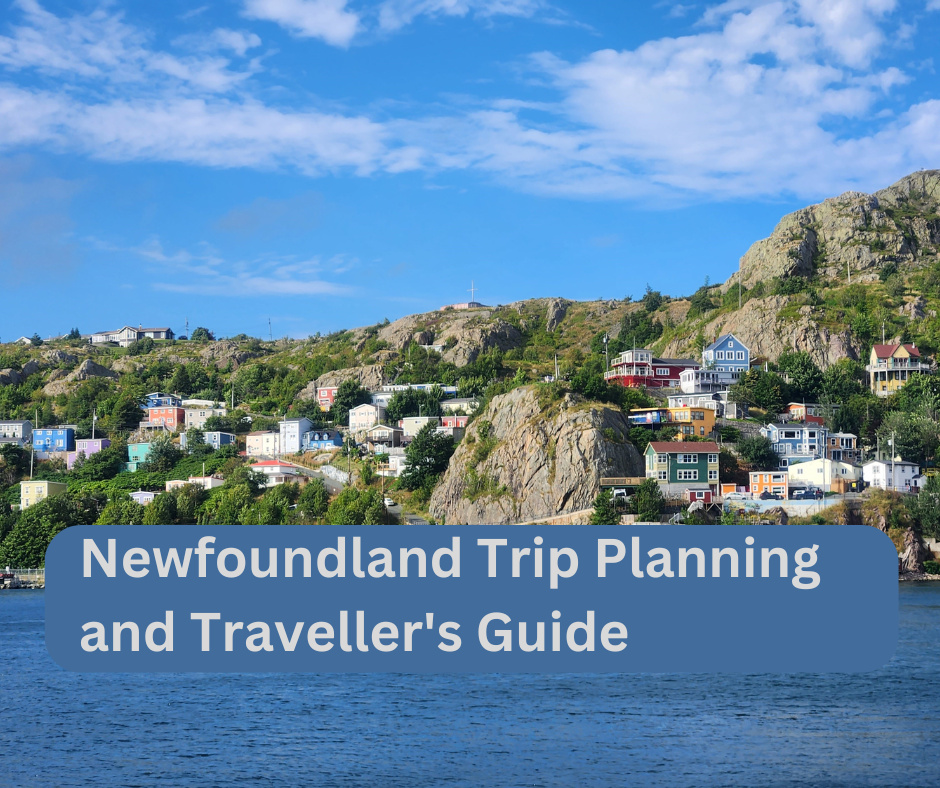
What is Cape St. Mary’s Ecological Reserve famous for?
Cape St. Mary’s Ecological Reserve is famous for its spectacular seabird colony, particularly the Northern Gannets. It’s one of Newfoundland and Labrador most accessible seabird colonies, where visitors can observe thousands of seabirds nesting on the rugged cliffs.
When is the best time to visit Cape St. Mary’s Ecological Reserve?
The best time to visit Cape St. Mary’s Ecological Reserve is from late spring to early fall, particularly between May and September, when the seabirds are nesting and most active.
How do I get to Cape St. Mary’s Ecological Reserve?
Cape St. Mary’s Ecological Reserve is on the Avalon Peninsula in Newfoundland. From St. John’s, it’s a two-hour drive southwest. Visitors can drive south to St. Bride’s and follow the signs to the reserve.
What types of birds can be seen at Cape St. Mary’s Ecological Reserve?
Visitors can see Northern Gannets, Common Murres, Black-legged Kittiwakes, Razorbills, and other seabirds at Cape St. Mary’s Ecological Reserve. The reserve is renowned for its large gannet colony.
Are there guided tours available at Cape St. Mary’s Ecological Reserve?
Yes, guided tours are available at Cape St. Mary’s Ecological Reserve. The visitor center offers interpretive programs and guided walks that provide insights into the ecology and behaviour of the seabirds.
What facilities are available at Cape St. Mary’s Ecological Reserve?
Cape St. Mary’s Ecological Reserve facilities include a visitor center with exhibits and restrooms. There are also walking trails and viewing areas where you can observe the seabirds.
Is Cape St. Mary’s Ecological Reserve accessible for people with disabilities?
While some areas of Cape St. Mary’s Ecological Reserve are accessible, the rugged terrain can be challenging. The visitor center and some viewing areas are accessible, but trails may not suit all visitors.
What is the significance of Bird Rock at Cape St. Mary’s Ecological Reserve?
Bird Rock is the most iconic feature of Cape St. Mary’s Ecological Reserve. It is a towering sea stack that hosts thousands of nesting seabirds, making it a prime spot for birdwatching and photography.
Can I bring pets to Cape St. Mary’s Ecological Reserve?
Pets are generally not allowed at Cape St. Mary’s Ecological Reserve to protect the wildlife and ensure the seabirds’ and other visitors’ safety and well-being.
Are there any hiking trails at Cape St. Mary’s Ecological Reserve?
There are several hiking trails at Cape St. Mary’s Ecological Reserve. The most popular trail leads to Bird Rock, offering breathtaking views of the seabird colony and the surrounding landscape.
Is there an entrance fee for Cape St. Mary’s Ecological Reserve?
No entrance fee exists for visiting Cape St. Mary’s Ecological Reserve. It is open to the public free of charge, but donations are appreciated to support conservation efforts.
What wildlife besides birds can be seen at Cape St. Mary’s Ecological Reserve?
Besides seabirds, Cape St. Mary’s Ecological Reserve visitors may also see marine mammals like whales and seals, particularly during the summer months. The area is rich in marine biodiversity.
How long should I plan to spend at Cape St. Mary’s Ecological Reserve?
Plan to spend at least a few hours at Cape St. Mary’s Ecological Reserve. This allows time to explore the trails, visit the visitor center, and spend ample time birdwatching at Bird Rock.
Is camping allowed at Cape St. Mary’s Ecological Reserve?
No, camping is not allowed at Cape St. Mary’s Ecological Reserve. However, nearby accommodations exist in communities like St. Bride’s and Branch.
What educational programs are available at Cape St. Mary’s Ecological Reserve?
Cape St. Mary’s Ecological Reserve offers various educational programs, including interpretive walks, guided tours, and informative exhibits at the visitor center that teach about the ecology and conservation of seabirds.
What photography tips are recommended for Cape St. Mary’s Ecological Reserve?
For the best photography at Cape St. Mary’s Ecological Reserve, bring a long lens for close-up shots of the birds, use a tripod for stability, and visit early or late in the afternoon for optimal lighting.
What conservation efforts are in place at Cape St. Mary’s Ecological Reserve?
Conservation efforts at Cape St. Mary’s Ecological Reserve include monitoring seabird populations, protecting nesting habitats, and researching climate change’s and human activity’s impacts on the ecosystem.
What is the history of Cape St. Mary’s Ecological Reserve?
Cape St. Mary’s Ecological Reserve protected one of North America’s most important seabird colonies. The area has long been recognized for its ecological significance and natural beauty, attracting birdwatchers and nature enthusiasts worldwide.
What is Special About Cape Spear?
Cape Spear, located near St. John’s, Newfoundland, is renowned for its historical and geographical significance. It boasts the oldest surviving lighthouse in Newfoundland and Labrador and is designated a National Historic Site. Visitors can explore the restored lighthouse and learn about the region’s Atlantic history. Additionally, Cape Spear offers stunning coastal views, dramatic cliffs, and whale and bird-watching opportunities.
Is Cape Spear the Most easterly Point in North America?
Yes, Cape Spear is indeed the most easterly point in North America. This geographical distinction makes it a popular spot for tourists who want to experience the continent’s eastern edge.
How Long to Spend at Cape Spear?
You should typically spend about 1 to 2 hours at Cape Spear. This time allows for exploring the historic lighthouse, walking along the scenic trails, and taking in the breathtaking views of the Atlantic Ocean.
What is the Farthest East Point in Newfoundland?
Cape Spear is the farthest east point in Newfoundland. Its geographical position marks it as the easternmost point of both the island of Newfoundland and North America.
What is the Farthest Point East in Canada?
Cape Spear holds the title for the farthest point east in Canada.
Are There Two Lighthouses at Cape Spear?
Yes, there are two lighthouses at Cape Spear. The original lighthouse has been restored to its 19th-century appearance. A newer lighthouse was constructed, is still operational, and provides vital navigation aid.
Can You Drive to Cape Spear?
Yes, you can drive to Cape Spear. It is accessible via Blackhead Road from St. John’s and has a visitor parking area.
Can You See Europe from Newfoundland?
No, you cannot see Europe from Newfoundland. The distance across the Atlantic Ocean is too vast for Europe to be visible from Newfoundland.
Is Cape Spear Worth It?
Cape Spear is worth visiting. Its historical significance, stunning coastal scenery, and the experience of standing at North America’s easternmost point make it a memorable destination.
Are Dogs Allowed at Cape Spear?
Yes, dogs are allowed at Cape Spear but must always be kept on a leash.
What is the Most Eastern Point in North America?
The most eastern point in North America is Cape Spear, Newfoundland.
What is the Most Remote Town in Newfoundland?
The most remote town in Newfoundland is Nain, located in northern Labrador and only accessible by air or boat.
What is Special About Gros Morne National Park?
Gros Morne National Park is unique for its dramatic geological features, including the Tablelands, a rare example of exposed Earth’s mantle. The park’s varied landscape of fjords, mountains, and coastal lowlands is a UNESCO World Heritage Site. It offers unique hiking experiences, diverse wildlife, and spectacular scenery.
How Many Days Do You Need in Gros Morne National Park?
To fully experience Gros Morne National Park, plan to spend at least 3 to 5 days. This timeframe allows for hiking, exploring geological sites, and enjoying the natural beauty and wildlife.
What is the Best Time of Year to Visit Gros Morne Park?
The best time to visit Gros Morne National Park is June to early September. The weather is mild during this period, most facilities are open, and the hiking trails are accessible.
Can You Actually Drive Through Gros Morne National Park?
Yes, you can drive through Gros Morne National Park. The park has a network of roads that connect various points of interest, making it accessible for visitors travelling by car.
Can You Hike Gros Morne Trails Without a Guide?
Yes, you can hike in Gros Morne without a guide. The park offers numerous marked trails suitable for self-guided hikes. However, hiring a guide can enhance the experience for more challenging or less well-known routes.
Are There Bears in Gros Morne?
Yes, there are black bears in Gros Morne National Park. Visitors should know their presence and follow safety guidelines to avoid encounters.
Do You Have to Pay to Visit Gros Morne National Park Areas?
Yes! There is an entrance fee to visit Gros Morne National Park Areas. Park Fees contribute to the maintenance and preservation of the park.
What is the Best Month to Visit Newfoundland?
The best month to visit Newfoundland is July. The weather is warm, the landscape is lush, and many festivals and events occur during this time.
Can You See Whales in Gros Morne?
Yes, you can see whales in Gros Morne National Park. Whale watching is popular, especially from May to September, when various species, including humpbacks and minke whales, are frequently spotted.
How Do You Get Around Gros Morne National Park?
You can drive, bike, or hike around Gros Morne National Park. The park’s roads and trails connect vital attractions, and some areas are accessible by boat.
What Towns Are Near Gros Morne National Park?
Towns near Gros Morne National Park include Rocky Harbour, Norris Point, and Woody Point. These communities provide accommodations, dining, and other visitor services.
How Long Does It Take to Hike Gros Morne?
Hiking the trail to the summit of Gros Morne Mountain typically takes 7 to 8 hours for a round trip. The hike is challenging, requiring good physical fitness.
How Do I Get to Gros Morne from St. John’s?
To get to Gros Morne from St. John’s, you can drive (about 7-8 hours), take a bus, or fly to Deer Lake Regional Airport and then drive to the park (a 30-45 minute drive).
Is There Cell Service in Gros Morne National Park?
Cell service in Gros Morne National Park is limited. Coverage is generally available in larger communities and along major roads, but it may be spotty or nonexistent in more remote areas.
How to See the Fjords in Gros Morne?
To see the fjords in Gros Morne, take a boat tour of Western Brook Pond, a stunning fjord. These tours offer spectacular views of the fjord’s cliffs and waterfalls.
What is the Hardest Hike in Newfoundland?
The Long Range Traverse in Gros Morne National Park is the most challenging hike in Newfoundland. This multi-day backcountry trek requires navigation skills and excellent physical conditioning.
Are There Black Flies in Gros Morne?
Black flies are present in Gros Morne, especially in late spring and early summer. Visitors should bring insect repellent and protective clothing.
Can Kids Hike Gros Morne?
Yes, kids can hike in Gros Morne. Family-friendly trails like the Green Gardens Trail and the Lookout Hills Trail offer moderate difficulty and scenic views.
Are There Moose in Gros Morne?
Yes, moose are common in Gros Morne National Park. They are often seen along trails and roadsides.
Do People Live in Gros Morne National Park?
There are small communities within Gros Morne National Park where people live, including Rocky Harbour and Norris Point.
Is Newfoundland Expensive to Visit?
Newfoundland can be moderately expensive to visit, especially during peak tourist season. Costs for accommodations, transportation, and activities can add up, but budget travellers also have options.
What Month Do You See Icebergs in Newfoundland?
The best months to see icebergs in Newfoundland are May and June. During this time, icebergs drift south from Greenland and can be viewed from the coast.
What is the Wettest Month in Newfoundland?
The wettest month in Newfoundland is typically October, with frequent rain and storms.
Are There Puffins in Gros Morne National Park?
While puffins are not commonly found within Gros Morne, nearby areas like Elliston, Bonavista, and Witless Bay Ecological Reserve offer excellent puffin viewing opportunities.
What Animals Live in Gros Morne?
Gros Morne is home to various animals, including moose, caribou, black bears, foxes, and numerous bird species.
What is Special About the Tablelands?
The Tablelands are unique because they are a rarely exposed section of the Earth’s mantle, thrust by tectonic forces. This geological anomaly is one of the reasons Gros Morne is a World Heritage Site.
What is the History of the Tablelands?
The Tablelands were formed over 450 million years ago during the continental collision that created the Mountains. Their unique geology has fascinated scientists and visitors.
How Long is the Tablelands Hike?
The Tablelands Trail is about 4 kilometres and takes 1.5 to 2 hours to complete. The trail offers insight into the unique geological landscape.
How to See the Tablelands?
You can see the Tablelands by hiking the Tablelands Trail or taking a guided tour offered by Parks Canada, which provides in-depth information about the area’s geology.
How Old Are the Tablelands?
The rocks of the Tablelands are over 450 million years old.
How Are the Tablelands Formed?
The Tablelands were formed when a piece of the Earth’s mantle was pushed to the surface by tectonic forces. This process is rare and has created the distinctive barren landscape of the Tablelands.
Why is Gros Morne Famous?
Gros Morne is famous for its stunning geological formations, including the Tablelands and Western Brook Pond fjord. Its diverse landscapes and status as a UNESCO World Heritage Site make it a prominent natural attraction.
What Do Newfoundland Tablelands Consist Of?
Newfoundland Tablelands consist of rock from the Earth’s mantle. The high mineral content in the stones gives the Tablelands a distinctive brownish-orange colour and barren appearance.
What is Newfoundland First Language?
Newfoundland first language is English. However, French and indigenous languages are also part of the region’s cultural heritage.
What is Special About L’Anse aux Meadows?
L’Anse aux Meadows is unique because it is North America’s only confirmed Viking site. It provides evidence of Norse exploration in Newfoundland and Labrador.
Is L’Anse aux Meadows Worth It?
L’Anse aux Meadows is worth visiting for its Viking historical significance and the opportunity to explore a Viking settlement. The site offers reconstructed Norse buildings and exhibits about Viking life and exploration.
Why Was L’Anse aux Meadows Abandoned?
L’Anse aux Meadows was likely abandoned due to a combination of harsh weather, limited resources, and potential conflicts with indigenous populations.
How Much Time Does It Take to See L’Anse aux Meadows?
Visitors typically spend 2 to 3 hours exploring L’Anse aux Meadows. This allows time to tour the site, visit the interpretive center, and participate in guided tours.
How Long Did the Vikings Stay in L’Anse aux Meadows?
The Vikings are believed to have stayed at L’Anse aux Meadows for about ten years. The settlement served as a temporary base for explorations of North America.
What Likely Happened to L’Anse aux Meadows Viking Colony?
The Viking colony at L’Anse aux Meadows was likely abandoned due to challenging living conditions and difficulty sustaining the settlement in a remote and harsh environment.
Where is the Oldest Viking Settlement in Canada?
The oldest Viking settlement in Canada is L’Anse aux Meadows. L’Anse aux Meadows is located on the northern tip of Newfoundland.
Where Did Vikings Land in Newfoundland?
Vikings landed at L’Anse aux Meadows, which served as a base for further explorations of the region.
These are the best travel planning resources you should use.
Looking to book your trip to Newfoundland and Labrador? Use these resources that are tried and tested by other travellers like you who vacation in Newfoundland and Labrador. Bookmark these links. Save them for future reference.
Booking Flights, Hotels or B&B: Start planning your next vacation trip by finding the best flight, hotel or b&b deals. Book Here
Finding things to do in Newfoundland and Labrador on TripAdvisor and Viator is not hard. Enjoy boat tours, whale watching, icebergs watching, kayaking and other activities.
You can also find low prices on hotels, B&B and cabins with these two providers. If you are located in Canada, the USA, the UK or Europe, use Booking.com, and if you are in Canada, the USA or anywhere else, use TripAdvisor.
Car Rental: Here is what we recommend:
When you book with Rentalcars.com, you can compare prices and find the best vehicle for your trip. Economybookings.com Display all their vehicle on the website with a detailed description. They display high-quality photos and a user rating as well. Qeeq.com serves road trip travellers like you from different countries by working with car rental companies worldwide.
Get compensated if your flight is delayed or cancel
AirHelp and Compensateair will help you with flight delays, cancellations, or denied boarding. All you need to do is to submit your flight details, and they will handle the claim process on your behalf. They will handle all the paperwork, airline negotiations, and legal proceedings.
Do you need more help planning your trip?
Check out our Resources Page, where we highlight all the resources and companies you can use to assist with your planning.
Where can I find more information about travelling to Newfoundland and Labrador? Here are helpful resources for planning your trip:
Newfoundland and Labrador Tourism | Travel Canada | The Rooms Provincial Museum
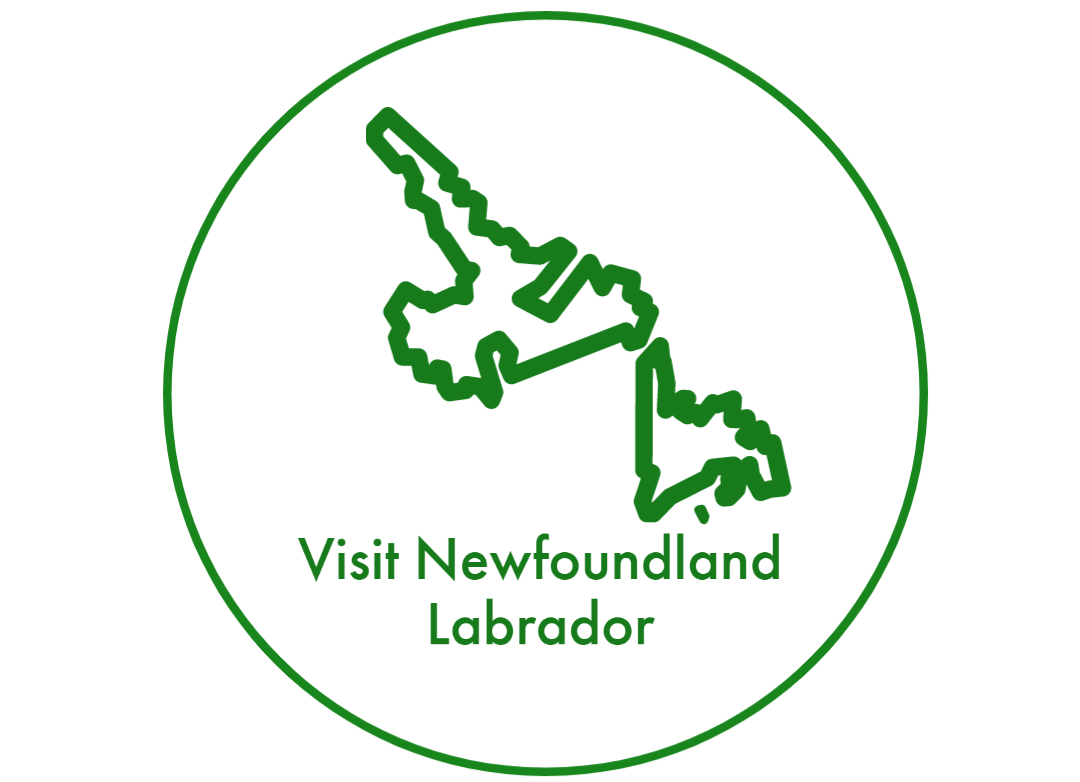
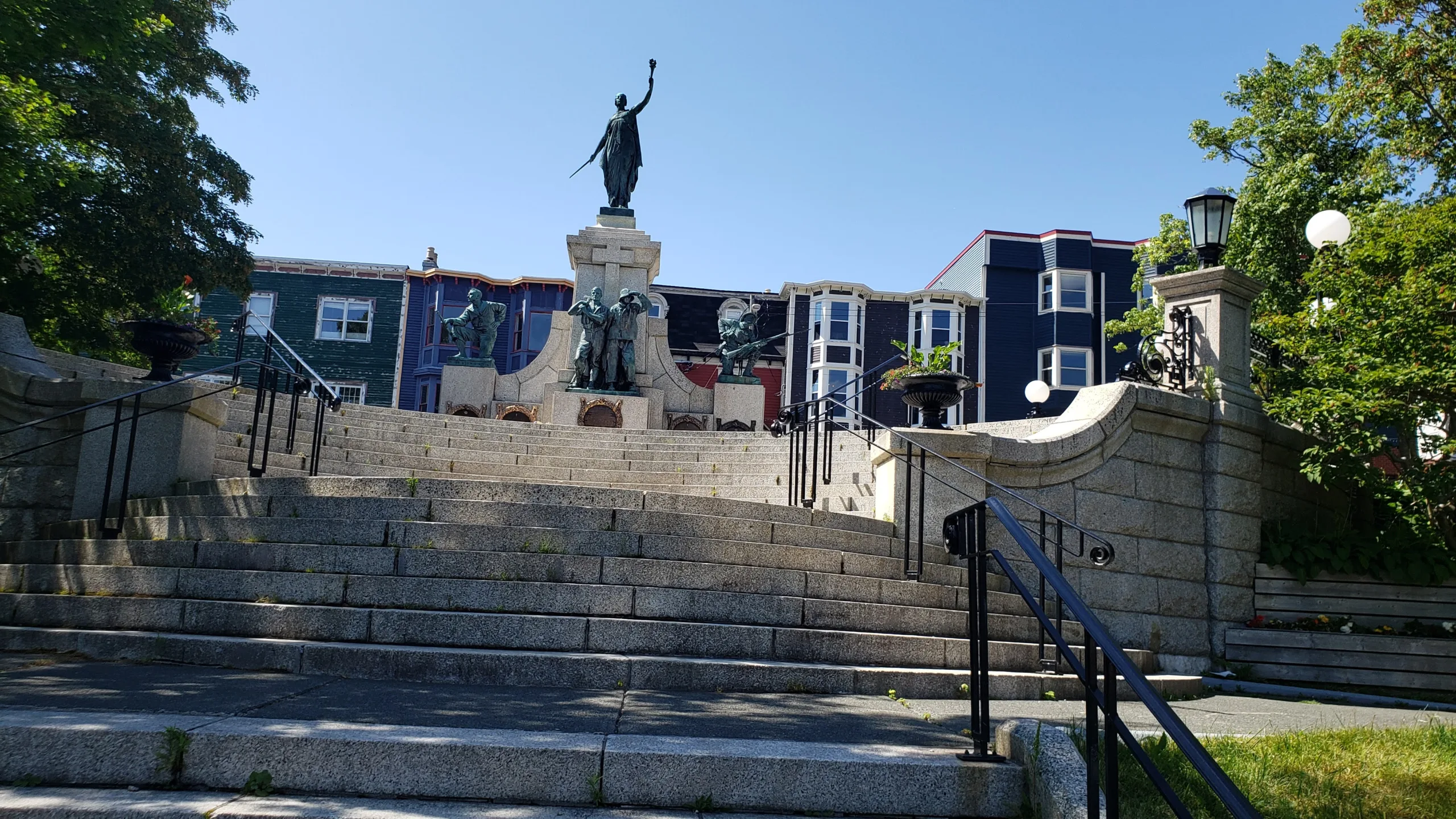


L’anse Aux Meadows, Newfoundland and Labrador Travel Guide – Flights, Hotels, Homes, Tours – NovaTreks
October 19, 2024[…] detailed tips on staying safe in Newfoundland and Labrador, review local guides before your […]